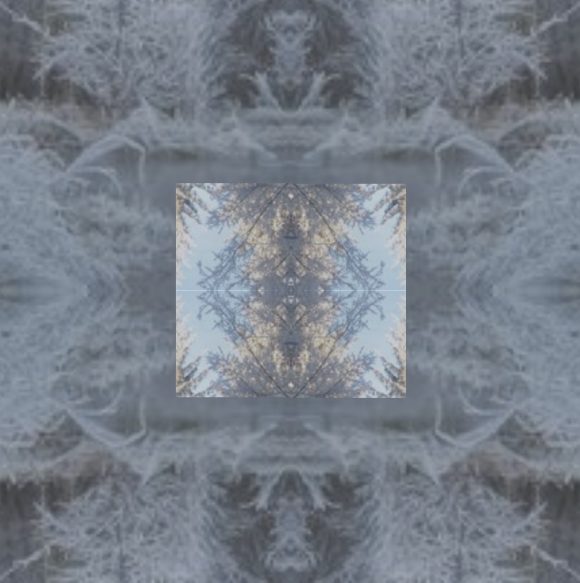Just as a side-note, I’m going to point out a few interconnections. In my last post, I started looking at a technique of “withdrawing projections from the ego”, found in a meditation from tantric Buddhism as described by Jung in his lectures: a meditation which works by visualizing one’s psychological functions as separate personified figures. There is an interesting connection here with an earlier topic: some time ago, I wrote a series of articles about the neoplatonist Renaissance theory of the “spiritual mirror”. We saw there that for Ficino, the notion of “spirit” is central, and among other things, the spirit acts as a mirror through which the soul can access what the senses take in from the external world.
The similarities are striking, although the wording can be confusing. What in Jung’s terminology is called the ego (the conscious personality) is called “soul” in the mirror theory; the sense functions, as they appear personified in the visualization, appear as “spirit”. Still, the basic setup is the same: the subject (ego/soul) becomes aware of psychological contents that it doesn’t perceive (see, hear, smell, …) itself, but which it receives from the senses (personified figures/spirit).

But there is an important additional element: namely, that the role of spirit is described as “mirroring”. Spirit is not only a separate, autonomous part in the whole of the psyche — it is also the part which enables psychological contents to become available to consciousness. The Buddhist meditation, although it generates insight into the former (by personifying the sense functions into separate figures), does not reflect the latter. The mirror theory, on the other hand, does; it even makes it its central point.
And this, in turn, fits with something Jung points out about “spirit” elsewhere (namely, in the spirit essay, at GW IX/I, §393): he tells us that it has the ability to create “images” (psychological contents) independently of the senses and to autonomously manipulate these images. (This connection I’ve already mentioned before; I’ve already cautioned there, too, that we mustn’t rashly identify Jung’s notion of spirit with that of the Renaissance neoplatonists.)



